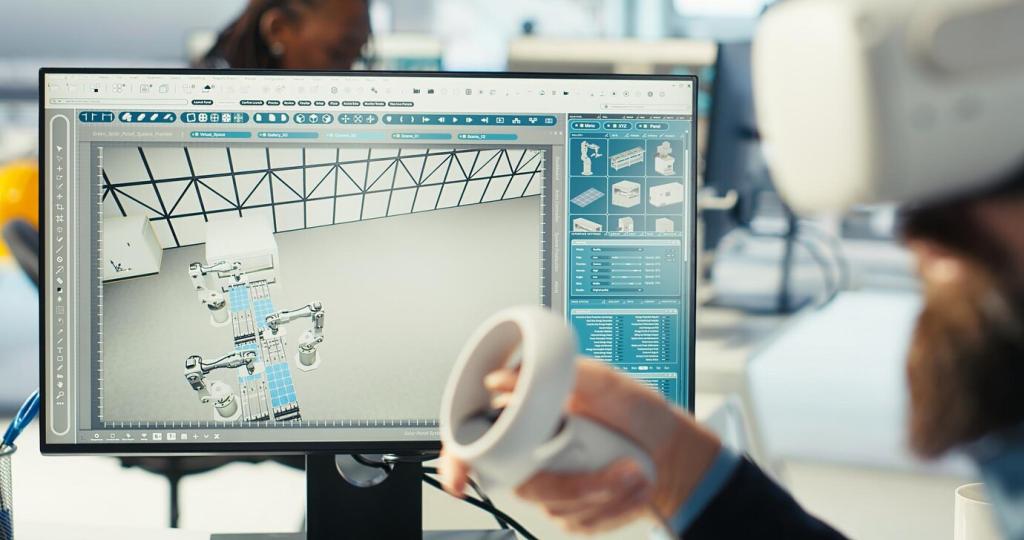Materials, LCA, and Circular Choices
Tap EPD-linked material libraries to compare finishes by global warming potential, not just color. Swapping subfloor adhesives reduced a studio’s embodied carbon by 18%—a tiny change with outsized impact. Which material swap saved you the most carbon this year?
Materials, LCA, and Circular Choices
Model assemblies as layers with reversible connections. Tag components by lifespan and plan future second lives. Circular thinking starts in your detail views, not the landfill. Show us a drawing where you made disassembly elegant, quick, and obvious.





